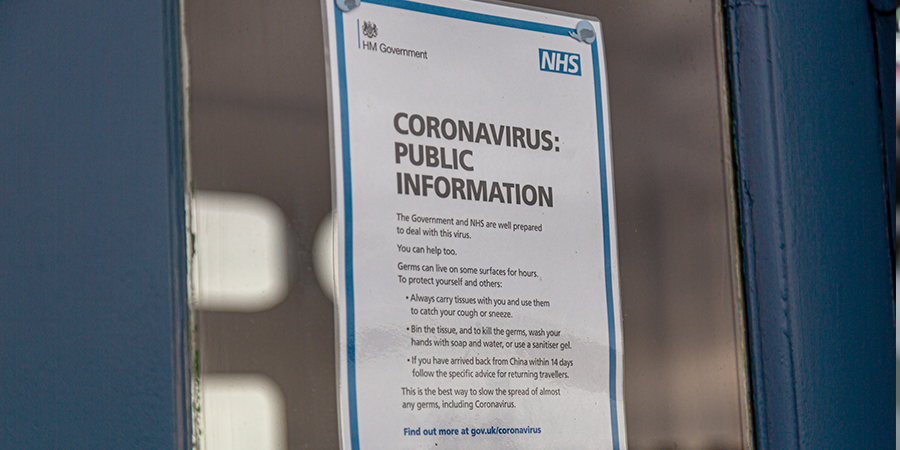Type of content
New challenges after the corona crisis
2020-05-25
by Louise Wahlström
The pressure on healthcare system will not decrease when the corona crisis is over. Rather, it will increase when all cancelled or postponed visits are to take place. How should the healthcare system manage this in the best way to meet the requirements for patient safety and a good working environment for the healthcare professionals?
Avoiding seeking care
Currently, there is an enormous pressure on the healthcare system due to the influx of patients with either suspected or confirmed Covid-19 infection. At the same time, there are many other patients who are now staying away from seeking care. They prefer not to go to a health center or hospital during this period, but sooner or later they will be knocking on the door again. These patients have canceled their visits or have had them postponed. In some cases, they have chosen not to seek help for their troubles even though they normally would. For some health issues this is not a big problem, there are treatments and examinations that can definitely wait. But there are also patients who need help now. There is an increasingly widespread concern in healthcare that people without corona are exposed to risks by avoiding seeking care.
Catching up
At present, we do not know how long the healthcare system will be under this extraordinary pressure. No one knows how long covid-19 will affect the conditions for patients to seek care for less acute problems. But, at some point, the system must be given a chance to catch up. The question is whether the queues at that point will be too long in both the primary and specialist care sectors. This could have damning consequences for the general health of the population.
As the pandemic began to spread, the UK government instructed the population that there was no need for mass testing and that anyone who had coronavirus symptoms should stay at home and “self-isolate”. This has resulted in many people, including those who are gravely ill, not going to hospital for treatment for non-COVID-19 issues. The Telegraph reported that March saw 1.53 million people attending Accident and Emergency (A&E) units nationwide. This was the lowest attendance since records began and a 29 percent drop on 2.17 million attendances in the same month last year.
According to an article in The Guardian, doctors have postponed more than 2 million operations after non-emergency surgery was cancelled for at least three months to free up beds for coronavirus patients. The disruption to operations will have consequences for scores of patients, ranging from those with cancer, whose tumours may grow while they are waiting for surgery, to those who are less able to exercise and become unfit in the run-up to physically demanding operations.
What does reality look like after covid-19?
When Covid-19 is no longer putting this unparalleled pressure on the healthcare system, it is time for patients to be able to come to all their canceled or postponed visits. Many patients will also have a greater need for care at that point, since they should have actually sought care during the crisis. In order for the NHS as well as private healthcare providers to catch up, a new mindset is required. New technology makes it possible to set up visits digitally or over the phone, this will lessen the burden for in-person healthcare visits and operations so that they will be able to run smoothly for those who need them. However, other long term solutions also need to be implemented to make sure the healthcare professionals have the resources needed to carry on working after a long and hard time. This will require smart financial decisions as well as making sure there are enough nurses and doctors to employ.
Do you have a question?
If you have a general question, feel free to use the form on the right. If you have a question about sales, partners or support, please select this form instead
